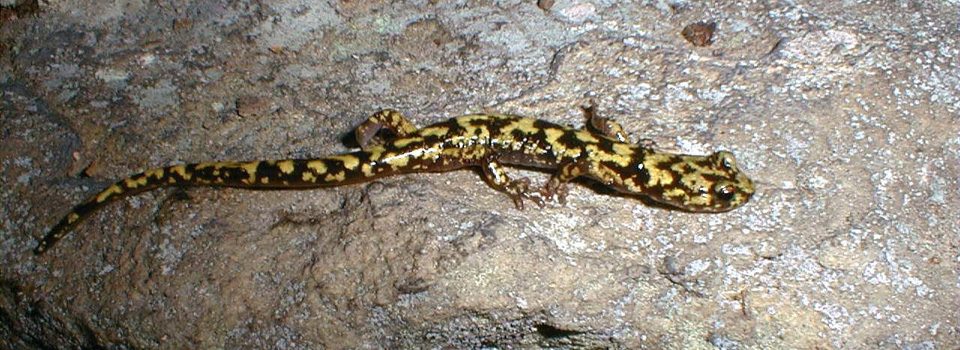
Herpetology
James L. Dobie
1967-1996
BA Centenary College
MS Tulane University
PhD Tulane University
Jim Dobie was added to Auburn’s faculty by Dr. F.S. “Red” Arant to teach the Comparative Vertebrate Anatomy course that Bob Mount negotiated out of teaching. Jim had a strong background in vertebrate paleontology and brought with him fossils that he had collected in graduate school as well as specimens he had collected while on staff at Samford University. Jim maintained contact with the community of paleontologists centered in Birmingham, as well as developing collaborations in the Department of Geology at Auburn. From these interactions, the foundation of the current collections was developed. These collections span the Cretaceous to the Pleistocene and are dominated by specimens from Harrell Station, Sim’s Hill, Bogue Chitto Creek, Till Farm, Griffin Site, Cedar Creek, and H&R Point in Alabama; Blue Springs, near Marineland, and Ichtuckanee Spring in Florida; and Yates Spring in Georgia. These specimens now are curated with AUMP labels.
Jim also studied extant turtles throughout the southeastern United States. He generated an extensive skeletal collection, especially of turtles, that forms the bulk of the osteological collections now housed in the herpetological materials. Initially, these skeletons were numbered under the AUMP series, but these skeletal collections were separated in 1998 and integrated with the AUM herpetology materials.
Jim was an engaging teacher who taught General Biology and Vertebrate Comparative Anatomy throughout most of his career. He performed important research on the demography and distribution of the Alabama Red-bellied Turtle, anatomy of neck muscles of extant turtles, and taxonomy of fossil turtles in Alabama. Jim was an even more engaging person in the field. We was notorious for setting turtle traps in treacherous waters despite never having learned to swim, using plastic bottles as crude flotation devices. His expertise on fossil vertebrates was widely appreciated, leading to a fossil coelacanth from Kansas being named in his honor (Megalocoelacanthus dobei). He retired to Texas and recently returned to Auburn to be near his daughter.